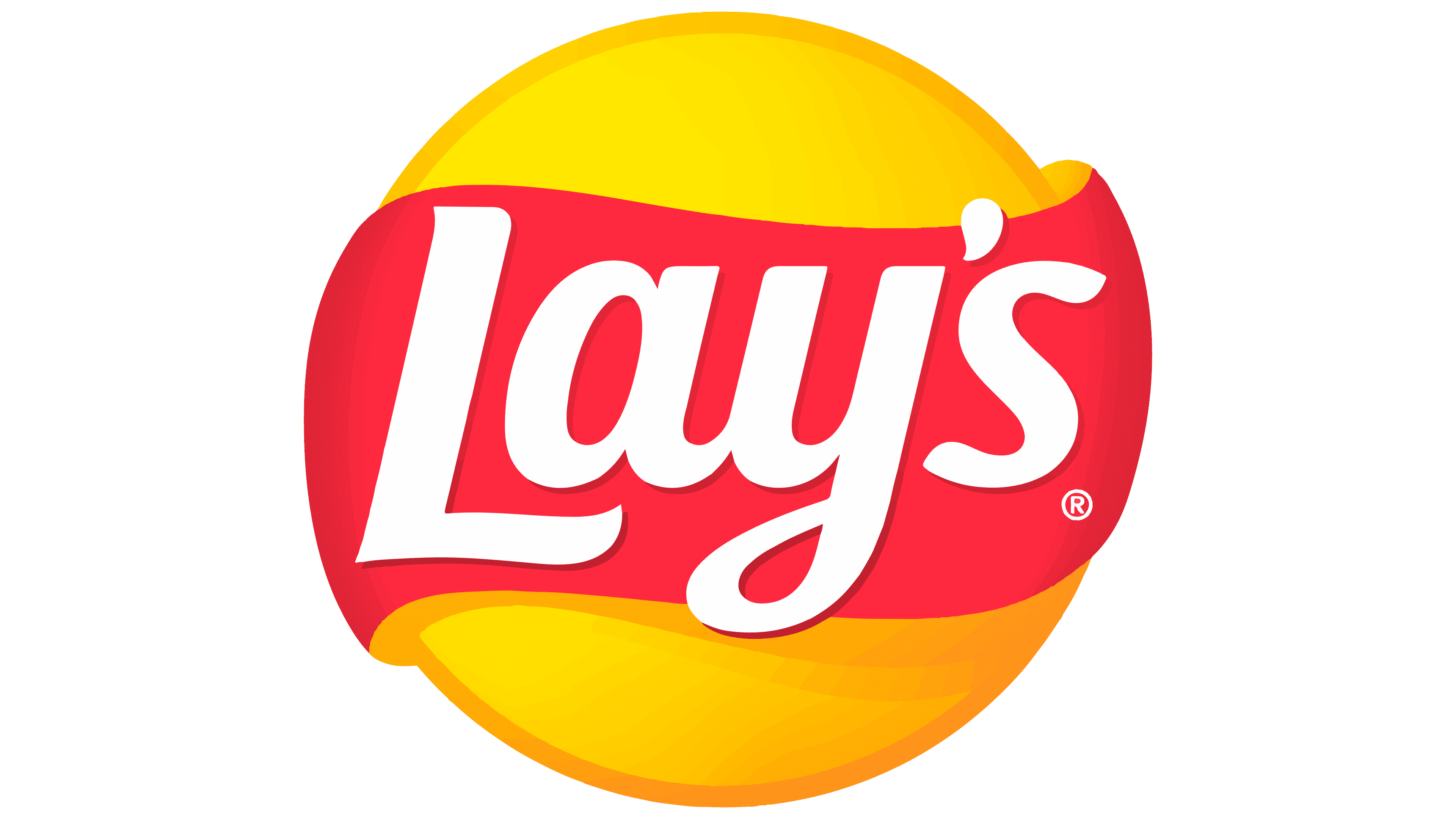Any distro I should use?
Use Linux Mint until you know enough to decide for yourself which other distro fits your use case better.
I’ve been thinking about mint for some time
Thinking of using Linux mint, anything else?
Mint is my favourite beginner distro, can’t really go wrong with it. What’s your main use for your PC (gaming, office, development etc.)? There are some distros that are more well suited for certain tasks.
Then do it? It’s a free operating system – just download whatever distro pleases you, give it a spin, see what happens.
I would but I am pretty worried about my files being lost, plus I’m waiting until I get a better device
speaking of Linux, I was supposed to upgrade to Linux when I got my new laptop, but forgot about it, sorry!
Yeah, I’m getting sick of these recommend-a-distro threads
I recommend first switching Windows-only software to crossplatform software so you won’t have to get used to another operating system and different software at the same time.
Why don’t you try becoming comfortable with Linux while using it in a Virtual Machine? I tried different distros too, and then I decided which one was the best for me.
We can’t really suggest you one, if we don’t know what you are going to use it for.
You may want to do some research, because different distros have different purposes (gaming, privacy, programming, easy to use etc etc).
Let us know, what your use cases will be?
guess I’m booting up my VM again!!
https://distrochooser.de/ is a great tool that help to understand what the different distros can do.
Also, you should probably know that selecting a distro is more about selecting the underlying OS and less about the UI (DE). Most distros support the top 5 Desktop Environments (DE for short). And selecting a DE can be just as important.
I’d go for Linux Mint/Fedora Linux.
Another thing, I would’ve play with it first on a VM, like VirtualBox.
I wouldn’t immediately wipe Windows if I were you. I’d do dualboot with Windows.
Then, when you’re ready, stay with dualboot system or go full neckbeard /j
I’m actually thinking of dualboot on windows, gonna mess around to a VM!
I would recommend using one of the distros backed by a big company or have very long track records. They are less likely to break on updates, and have a higher chance of supporting any uncommon hardware you may have.
- Fedora
- Ubuntu
- Mint
- Pop OS
If you have new hardware (e.g. GPU newer than 6 months) you will probably have issues. Follow the recommendations from the hardware supplier, or use something arch based. I used Manjaro a while when I got new hardware.
Besides those tips, you should decide which desktop environment you like best. I prefer gnome, as I enjoy to spend time in apps and not on in settings. Others prefer customization. Have a look at https://youtu.be/09cYQJBgKEs?si=KX8FZeMRcMlPTzG2
Most distros are running the same software. The biggest difference is your package manager & community. Personal preference is NixOS but that ain’t beginner-friendly even if the rollbacks from bad states would help. Arch isn’t as difficult to set up as it used to be & has been more stable than a lot of distros in my experience so I wouldn’t discount it but
.pacnewfiles can bite you if modifying in/etcinstead of in the home folder (when possible). Of the things folks normally suggest as a first go, Fedora would probably be my pick (not yet had a problem) as everything Ubuntu-based still rubs me wrong for support & leadership.I actually disagree on what the biggest difference is. For the average everyday user, the biggest difference is the desktop environment. Having a desktop environment that the user finds intuitive, easy, and is stable is by far the most important thing.
A couple of assumptions I will be making:
- Your hardware is supported; consider to check driver support over at linux-hardware.org. Honestly, most hardware should be well-supported, unless it has been released very recently or is hardware from known troublemakers (i.e. Nvidia GPUs or Broadcom etc).
- Your ‘computer-literacy’ is at least (slightly) higher than average.
- You’ve primarily used Windows in the past.
- You prefer asking others instead of finding it out for yourself; the existence of this post supports that. (It’s either that or you like to have a second opinion in all cases; but I would have expected more input from you if that was the case 😅.)
- Your hardware is somewhat modern.
- You will mostly stick to defaults (at least initially).
- You’re aware that while hundreds of actively maintained distros exist, most of them are either niche or not worth your time in the first place. If, from the remaining ones, the less impactful derivatives are surgically removed, followed by the removal of newbie-unfriendly distros, then only 10-20 distros would remain; most of which have been named in this thread already. And your needs dictate which one out of these would suit you best.
- You will educate yourself regarding desktop environments like GNOME, KDE Plasma, Cinnamon, Xfce etc. Perhaps you will even boot into a live environment to check them out for yourself; loading a bunch of distros on your USB through Ventoy is excellent for that. This is important as they’re arguably the biggest contributor to how you perceive your Linux system. You should also be aware that in almost all cases a second (or heck; even third, fourth etc) desktop environment can be installed on your system and you should be able to switch between them relatively easily. However, in most cases, the one provided on first installation works close to flawless while others that have been tacked on later on are generally less polished.
- You will educate yourself (eventually) regarding universal package managers (read: AppImage, Flatpak, Nix and Snap) and Distrobox as collectively they’ve (mostly) ridden the Linux ecosystem of problems related to software not being packaged in the native repos. Don’t feel the need to indulge into all of them simultaneously from the get-go. But be aware that they exist and that they enable one to install (almost) any package that has been made available to Linux regardless of their chosen distro.
Any distro I should use?
Typically, distros like Arch, Debian, Fedora, Linux Mint, openSUSE, Pop!_OS and Ubuntu (or their derivatives) will be mentioned in these kinds of queries. And it becomes mostly a popularity poll that measures what the community thinks is the preferred distro for beginners. And honestly, I don’t blame them as you haven’t really given us a lot to work with. My entry to that popularity poll would be Linux Mint. If you prefer to use GNOME or KDE Plasma instead, then consider either Fedora or openSUSE Tumbleweed. Additionally, Pop!_OS should be considered if Nvidia causes problems on all the others.
Feel free to inquire if you so desire!
EDIT: I just noticed how you mentioned to someone that your use case will be primarily gaming. First of all, gaming is somewhat equal on most distros; especially with the likes of Bazzite-Arch and Conty providing excellent environments for gaming regardless of installed distro. Though, these containers do still rely on the hosts kernel, therefore any perceived difference on same hardware but different kernels might be attributed to said kernels. Newer kernels generally come with improved performance; at least for newer hardware*. Though, perhaps more performance could be gained through other means as well. I will spare you the details, however, as this is potentially another rabbit hole within the initial rabbit hole. Therefore, instead, I will name a couple of distros known for being excellent for gaming purposes: Bazzite, Garuda Linux, Nobara Linux, PikaOS and RegataOS. If you want a no-nonsense system, just go for Bazzite; while initial setup might seem slightly more involved, it’s by far the most robust system out of these. This does come at the cost of being ‘unique’ amongst the others, but I believe it’s a great fit for your use case.
Completely agree that these kinds of threads end up being more a popularity poll than anything more actionable and usable. Everyone has their own opinions and preferences (which is great!), but that can end up being extremely overwhelming for a newbie.
sorry for being inactive here, I have other things happening at the moment. i’m just gonna put some stuff here
You will mostly stick to defaults (at least initially).
Kinda, I recently started to get interested in modding! It isn’t stuff like homebrew (although I was planning to root my phone, until OEM unlock was disabled. Thanks wiko.), I mostly just use something like vencord and Bloxstrap (just tweaks the Roblox client a bit, no exploits tho) This might be not seen as modding, but who cares.
Your ‘computer-literacy’ is at least (slightly) higher than average.
slightly, I do know how to use HTML to an extent, and can know whats the difference between RAM and hard drives, I still have a long way to go.
Ok here are some of the specs that I can remember (I’m currently not home as of typing this)
I have a HP 2022 Laptop, decent enough to play games
I have a 512 hard drive and 12 GB of RAM
only has 2 USB ports, most of it was replaced by type C, so dual booting with.something USB related might be hard
Dabbled a bit into linux with a VM (a few years ago tho, it was Ubuntu)
and thats all I could remember, I do plan to do an update post after trying out some distros on a VM, hopefully it works!
Mint is good, unless it’s very new hardware in which case the base (so things like drivers) can be a little dated.
Look up Ventoy. It’s a tool where you can put multiple ISOs onto one USB drive and boot into any of them. You can use that to try out a few distros. Maybe Mint, Fedora, PopOS, Ubuntu.
Had not heard of Ventoy before, thanks alot!
Mint
Get Ubuntu, Mint, or PopOS don’t bother with the others at first as it will be more difficult to find help on forums with lesser known versions of Linux. If you have an Nvidia as your main graphics card you might have a better time with PopOS as it comes pre configured with the right drivers and everything.
Would recommend Fedora Silverblue.
Use a VM and play with different DEs
Fedora is a good base and comes with most DEs as spins so you don’t have to swap live.
Choose the one you like the most.
Personally, XFCE for all around customization amd performance, KDE for out of box solid functionality (and wayland if you care).
Once you feel comfortable, then go ahead and install or dual boot.
Silverblue is okay but kinda overrated because Flatpaks are not a silver bullet and will break or have basic FS dependency issues. Plus, it’s not a great intro to Linux experience because
you can’t shoot yourself in the foot easilymost tutorials on Linux will be for a regular system.As for the distros themselves:
spoiler
Arch: Bleeding edge and you want to actually suffer every time you boot.
Manjaro: Arch but supposed to work out of box.
Debian: The King of stability at the cost of slower package updates
Fedora: Cutting edge and works out of box unlike Arch
Ubuntu: Useless Canonical distro that is heavily dated
Pop! OS and ElementaryOS: user friendly downstream of Ubuntu that suffer the same issues as Ubuntu.
Linux Mint: Ubuntu if it was actually good except it’s still a downstream so still has aforementioned Ubuntu issues.
Gentoo: You want something completely custom
Slackware: You want a classic Unix like machine but with Linux
RHEL/CentOS/Rocky/Oracle/Etc: Enterprise Linux (server usage and desktop usage)
OpenSUSE: The RPM equivalent of Arch & Debian (comes in rolling and stable releases). So you can choose bleeding edge or stability.
Personally, I have stuck with Fedora for a long time. Debian or OpenSUSE would be second choice. Arch only if I’m forced to like the steam deck lol.
Also ArchWiki is your friend. Even if you’re on any other distro, it has a wealth of the latest information and tutorials for whatever you want or need.
Switched from Windows to Linux Mint few months ago, customized the look a bit and love it so far.












